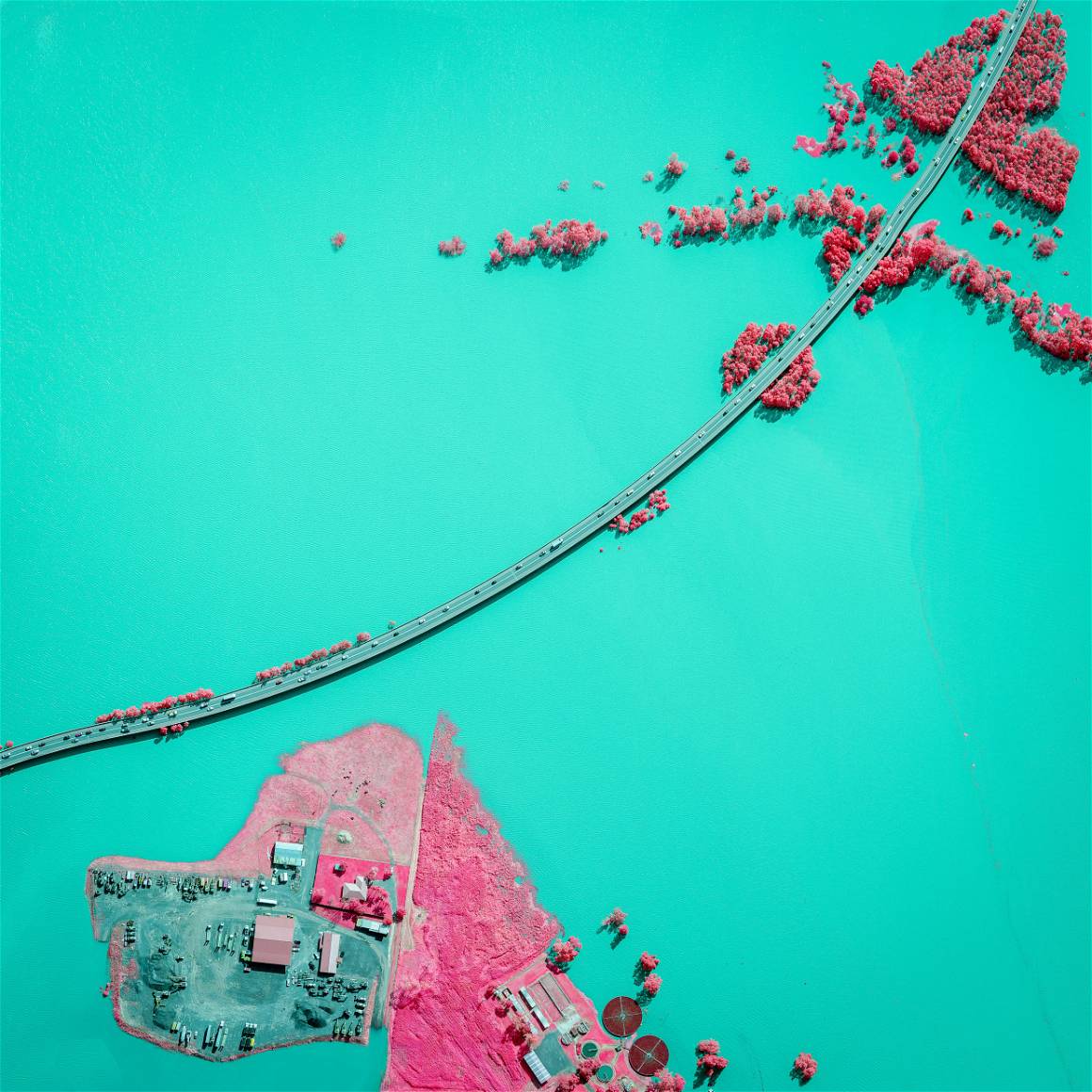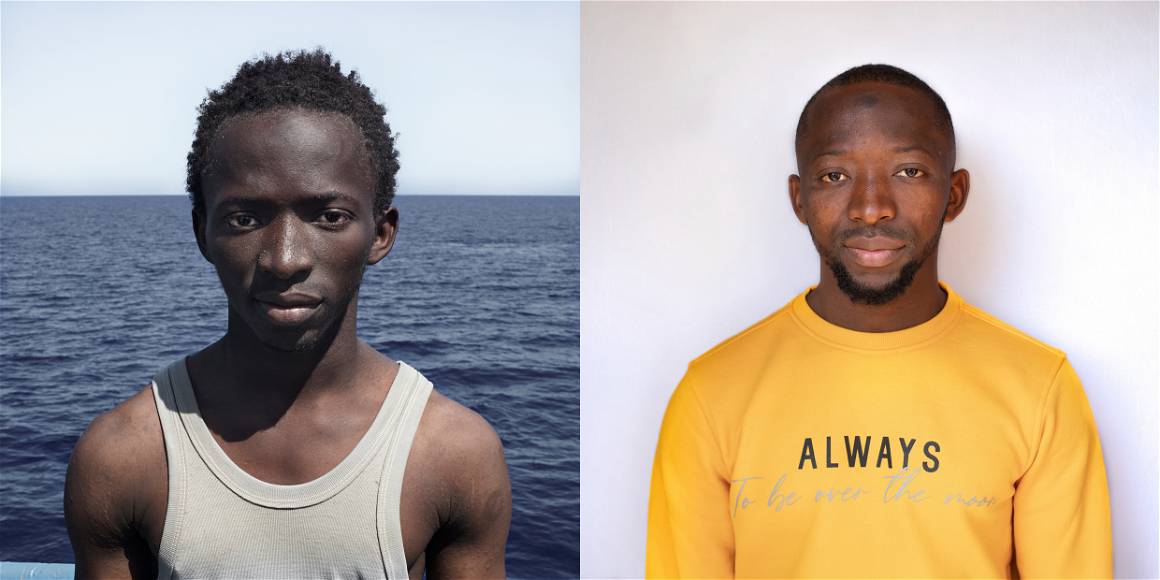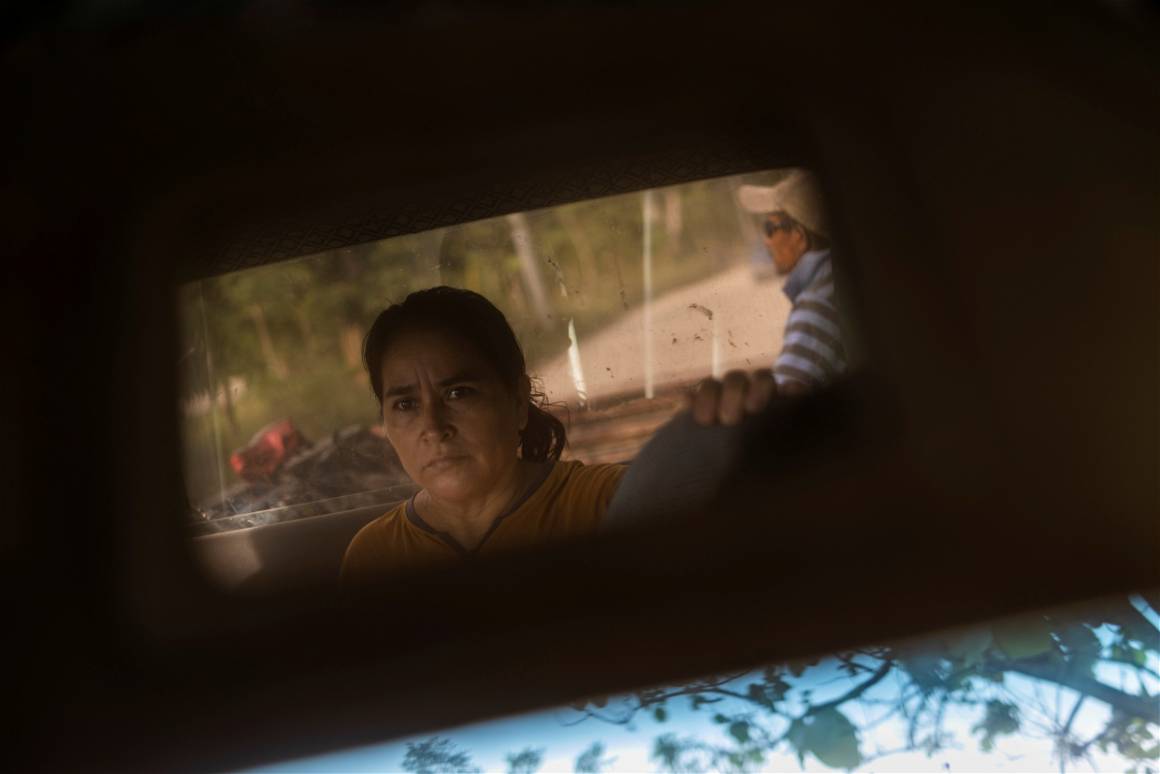With its 20th year anniversary in Berlin’s Willy Brandt Haus, columnist Sofia Bergmann reports on the World Press Photo Contest exhibition and its emphasis on climate change.

Berlin Dialogues: 20 Years of World Press Photo Contest in Berlin
Bees, alpacas or microalgae, flowers, oases, and a Kyrgyzstani family going for a swim, can all teach us something about climate change. The art of photojournalism, celebrated by the World Press Photo Contest for the 20th year in Berlin, is about taking the unexpected, silenced and nuanced stories to speak on some of the biggest issues today.
“These experiences, these moments, these events, these people, they all matter.”

This year, many of its photographers focused on innovative and creative solutions to the struggles of climate change: German photographer Jonas Kakó and his contest-winning photo of beekeepers in North America’s Arizona Desert fighting drought-induced threats of bee colonies; Alessandro Cinque and his reportage on the importance of alpaca-breeding in Perú to combat their endangerment; and Simone Tramonte’s series on net-zero projects in Europe including a microalgae facility in Iceland making food supplements.
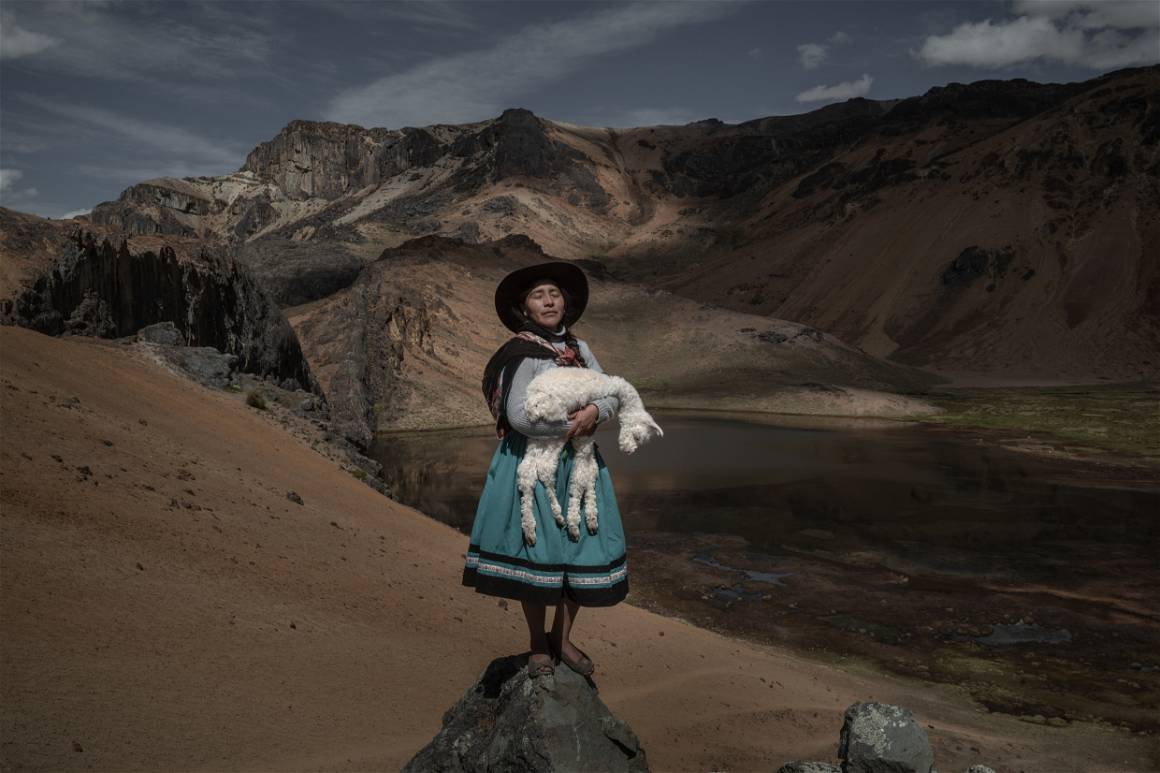

Others offered a cruder look into climate change and its dangerous effects on people around the world. Christopher Rogel Blanquet’s tragic portraits of the different health and environmental problems caused by pesticides in Mexico’s flower industry, M’hammed Kilito on struggling oases in Morocco, and Anoush Babajanyan documenting water shortages along the Syr Darya and Amu Darya rivers disrupting the interdependent cooperations between Tajikistan, Kyrgyzstan, Uzbekistan and Kazakhstan.
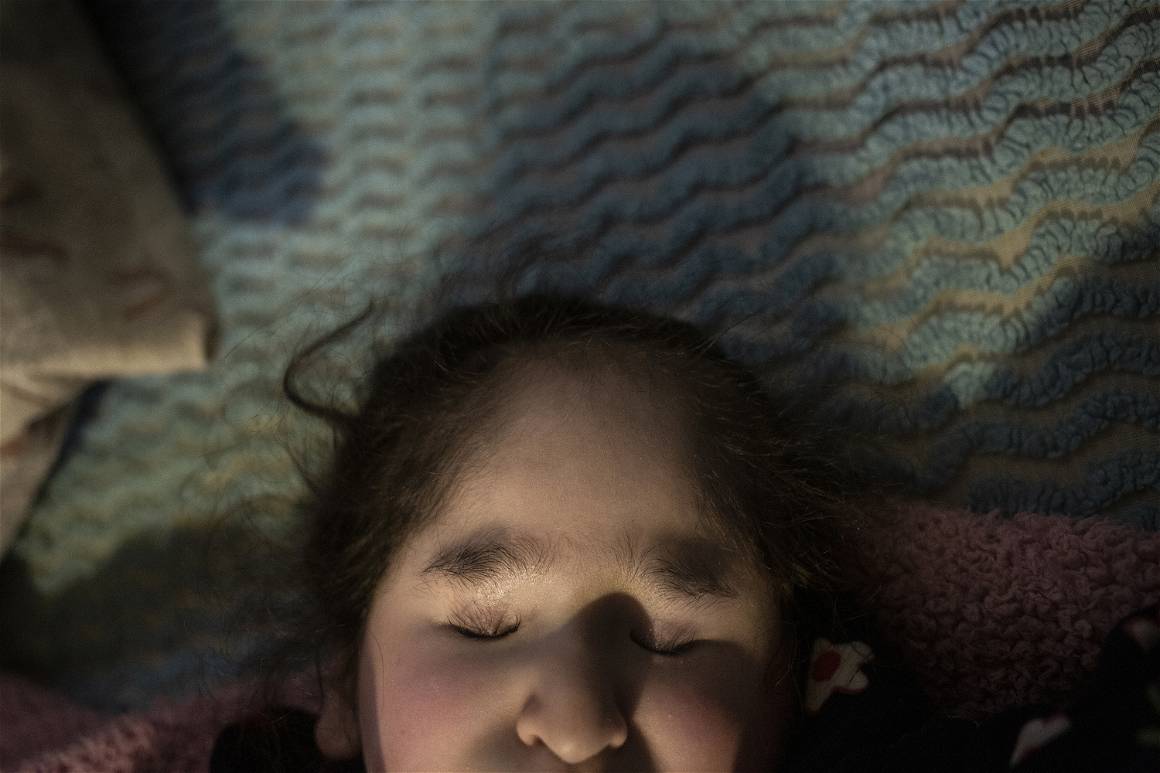

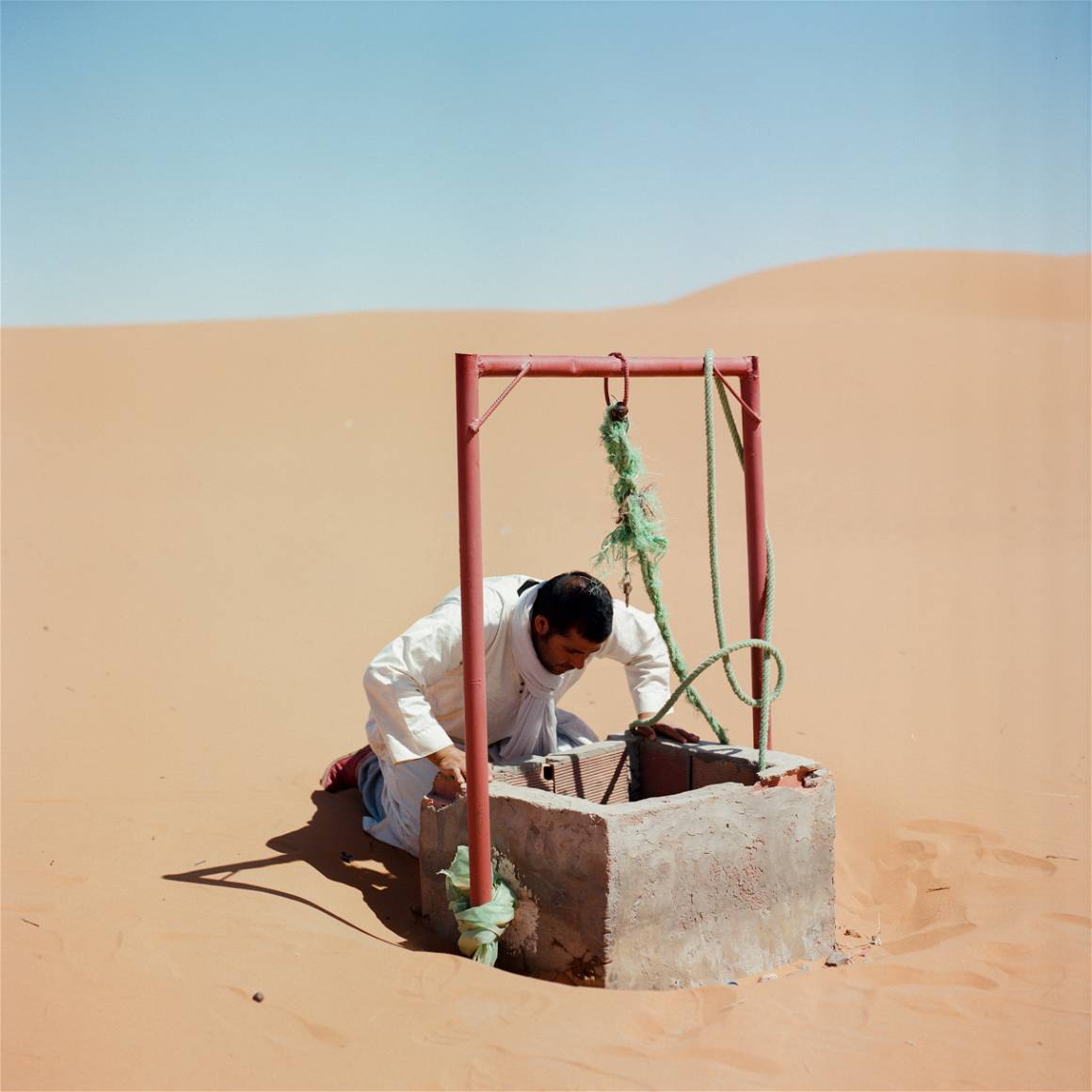
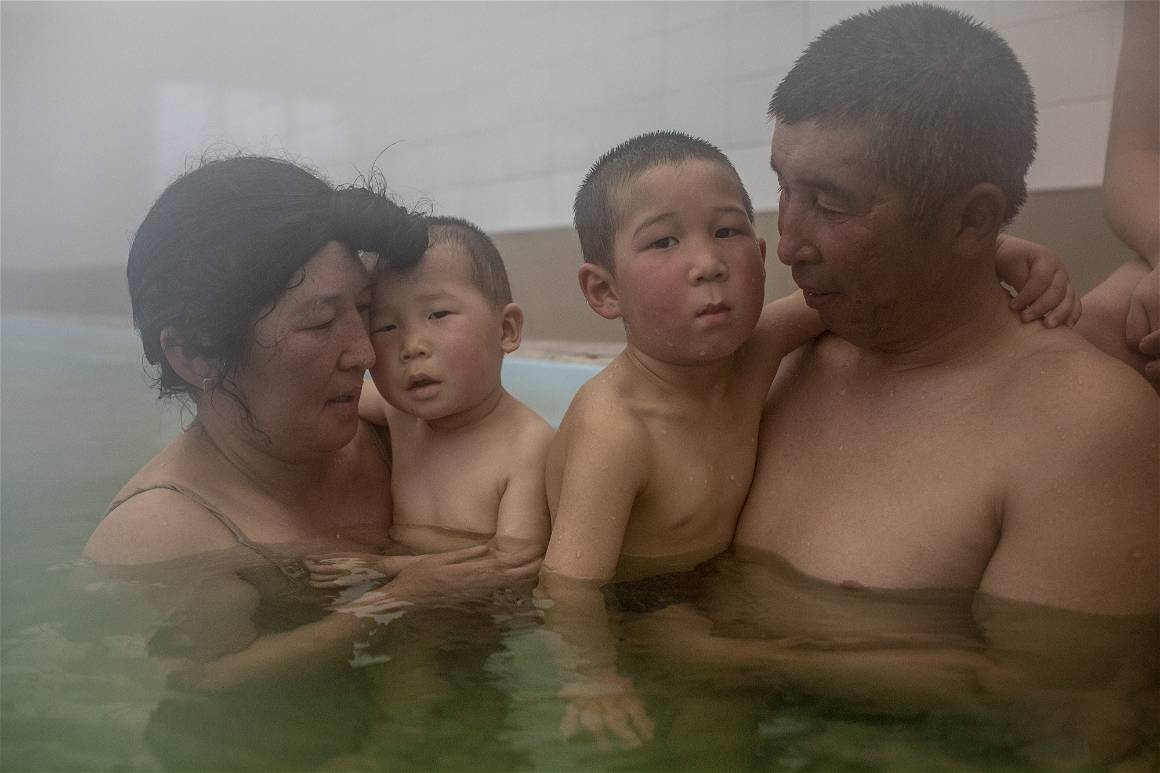
On its 20th year hosting the World Press Photo Contest exhibition, Berlin’s Willy Brandt Haus invited speakers at the opening reception who emphasized the importance of press freedom and photojournalism’s role not only in the media but also in shaping how we critically and sensibly discuss and take on issues facing our future as well as its power in creating positive change. At times gut-wrenching, World Press representative Marika Cukrowski who spoke at the reception emphasized why photojournalism is an important tool for the media, art and the subjects themselves. “We often get the question of why people should come and see these photographs, which I think most of us here know by now, can be quite difficult to look at. I don’t have a clear answer for this, the only response I can offer is that these stories matter. These experiences, these moments, these events, these people, they all matter,” she said.
Woman, Life, Freedom
“ A voice over with subtitles describing the realities of Iranian women today”
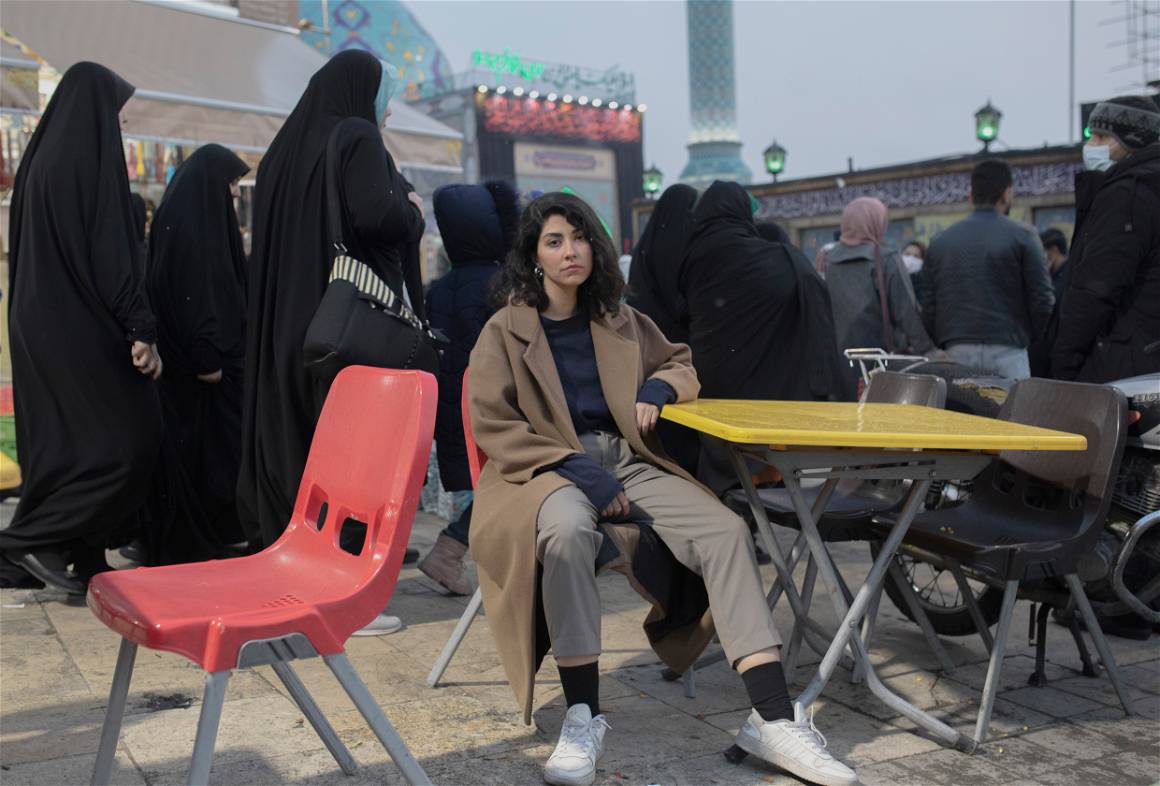
Gender, culture and human rights issues also made the cut this year. The agonizing multimedia video installation titled Woman, Life, Freedom by an anonymous artist was perhaps the most hard-hitting piece to take in: A voice over with subtitles describing the realities of Iranian women today, with overlapping imagery from protests but also personal accounts, including pellets in someone’s eye.

Home for the Golden Gays
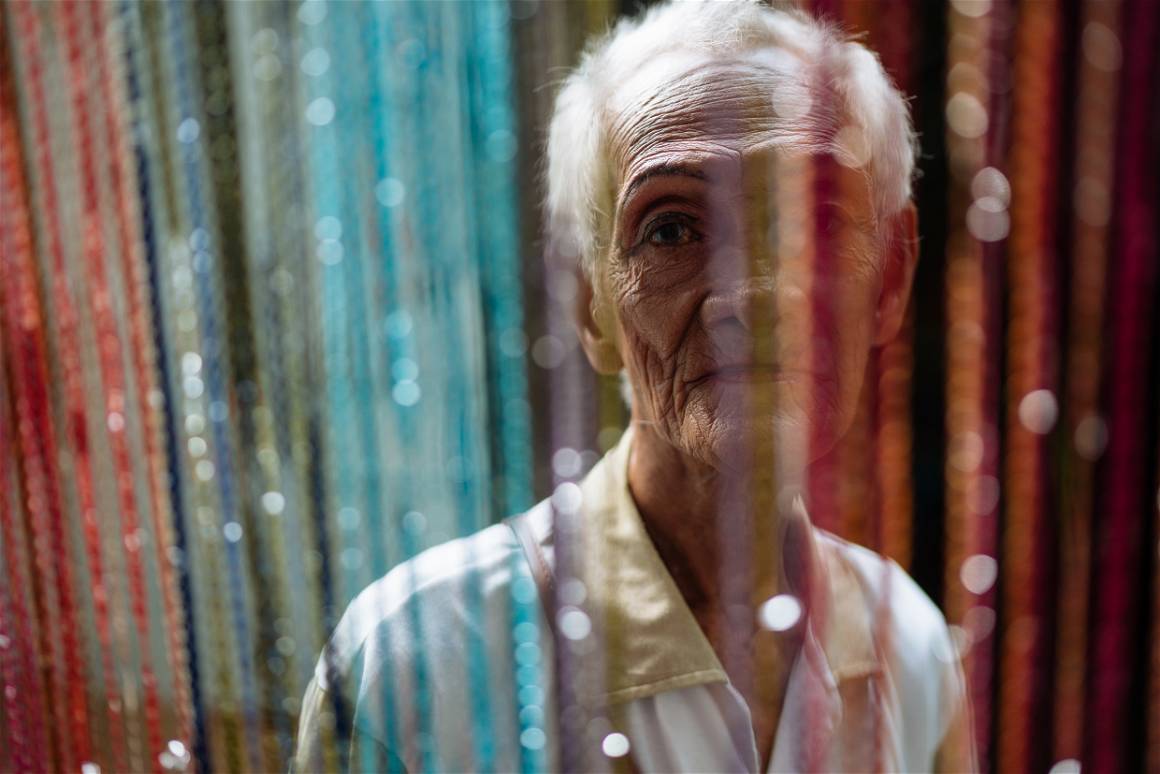
Portraits by Hannah Reyes Morales showing the Golden Gays queer collective in Manila, Philippines, and by Ahley Peña showing New York’s Drill hip-hop scene. Conflict zones were also covered – Mads Nissen’s reportage discussed the after-effects of troops withdrawing from Afghanistan, Evgeniy Maloletka’s World Press Photo of the Year showing brutal scenes from the war in Ukraine, and Maya Levin’s photo of Israeli police attacking journalist Shireen Abu Akleh’s funeral in Palestine’s West Bank.
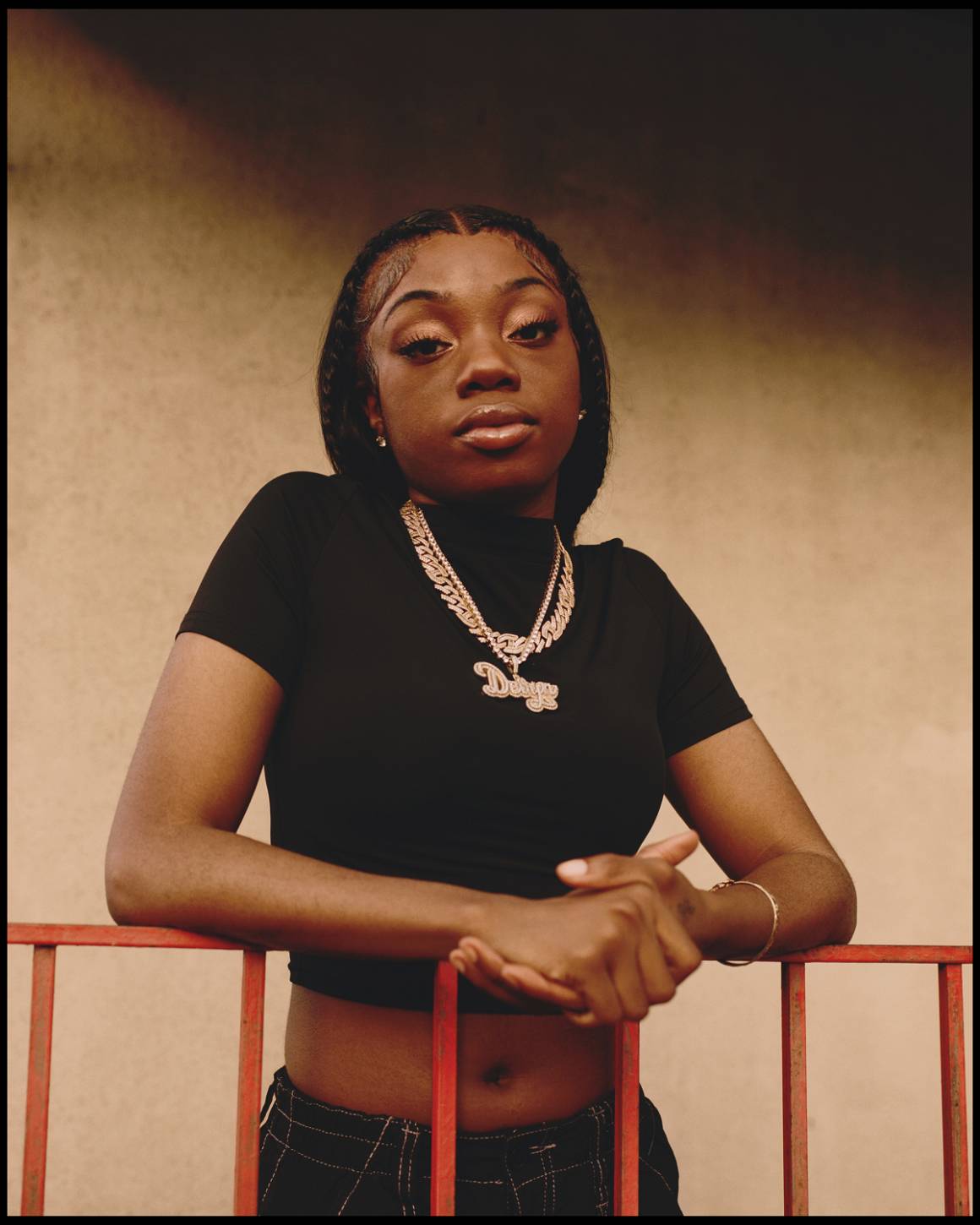
World Press Photo Story of the Year
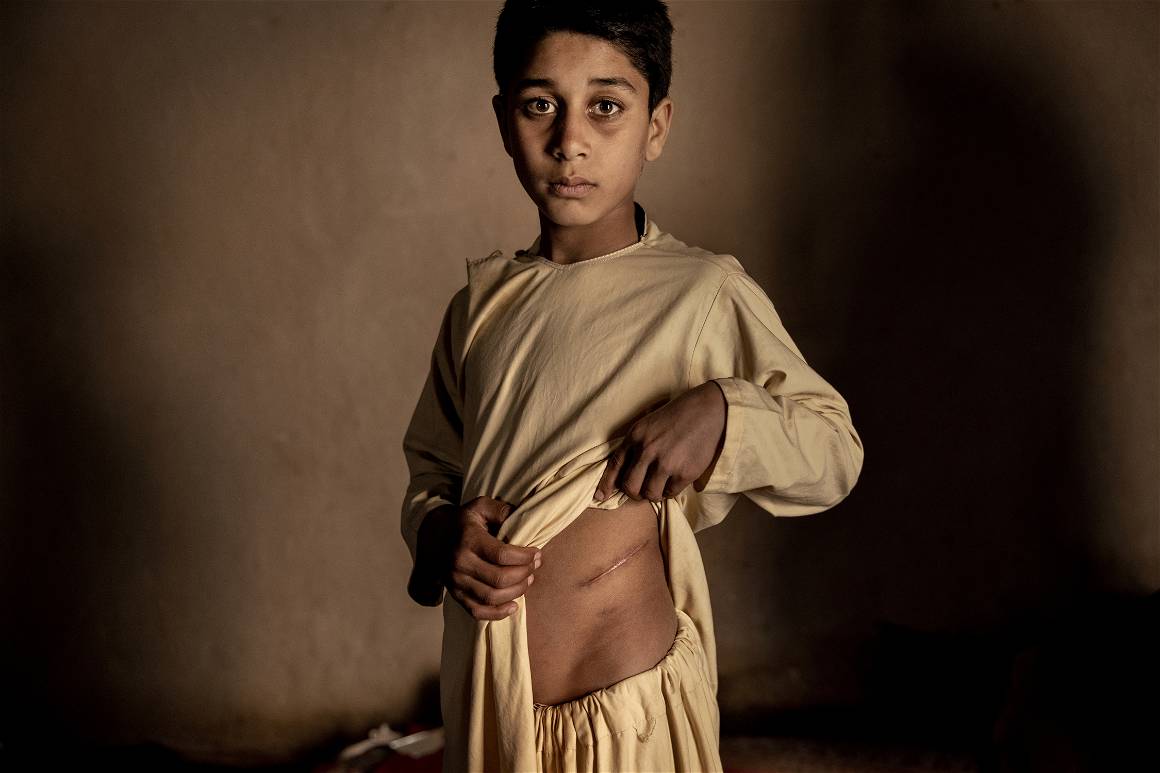
World Press Photo of the Year
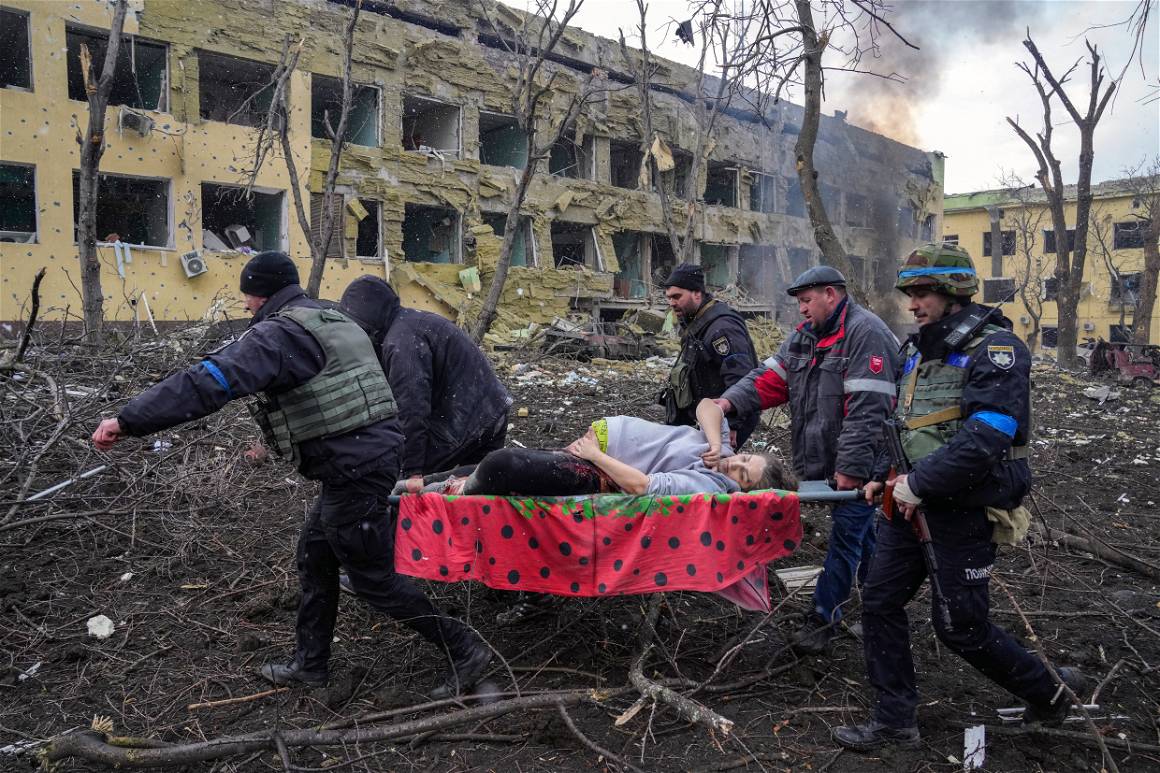


The winning photo by Jonas Kakó showing beekeepers who go to extreme lengths to keep them from dying out due to drought in Arizona was part of a greater series called The Dying River, where Kakó drove through the United States along the Colorado River to document how different communities living and depending on the river, were struggling to adapt to its rapidly decreasing water levels. Around 44 million people depend on the Colorado River – it is a source of water for cities and agriculture, and for small communities is a source of food, now forcing many to resort to toxic agricultural run-off thanks to depleting water levels. From cowboys to indigenous communities, people living in Las Vegas’ underground tunnels, migrant workers in agricultural fields, and environmental initiatives fighting to combat some of the drought’s effects.
“They humanize global events, empower us, foster empathy, and sharpen our curiosities is why this exhibition is important.”
What used to be a 2,000 km river now barely reaches the delta in the Gulf of California: A wide and powerful delta and an ecosystem home to migratory birds is now a salty desert. His images not only address the ways that people across the spectrum are impacted by drought, caused by large-scale agriculture and diversion of water to cities like Las Vegas and Phoenix, but also hold those responsible accountable for the damage, and celebrate those who are taking a stand. At the reception, Kakó spoke about his project and focus on climate issues especially in The United States, but also about the importance of covering topics in regions where one is embedded in the culture: “I am not from the U.S. but I am culturally close to the U.S. and I try to work in regions where I understand the culture. I speak the language, and I really wanted to be close to people. And I think celebrating local journalists and giving them a stage the way World Press Photo has done is unbelievably valuable for showing diverse storytelling to the world.”
Photojournalism serves not only to highlight issues and their sense of urgency, but also to understand causes and provide solutions. As Cukrowski said at the opening reception: “These photographs and those of the last six decades since World Press Photo has started, serve not only to document, to hold groups accountable, but they also start conversations. They humanize global events, empower us, foster empathy, and sharpen our curiosities is why this exhibition is important.”
“Photojournalism serves not only to highlight issues and their sense of urgency, but also to understand causes and provide solutions.”

